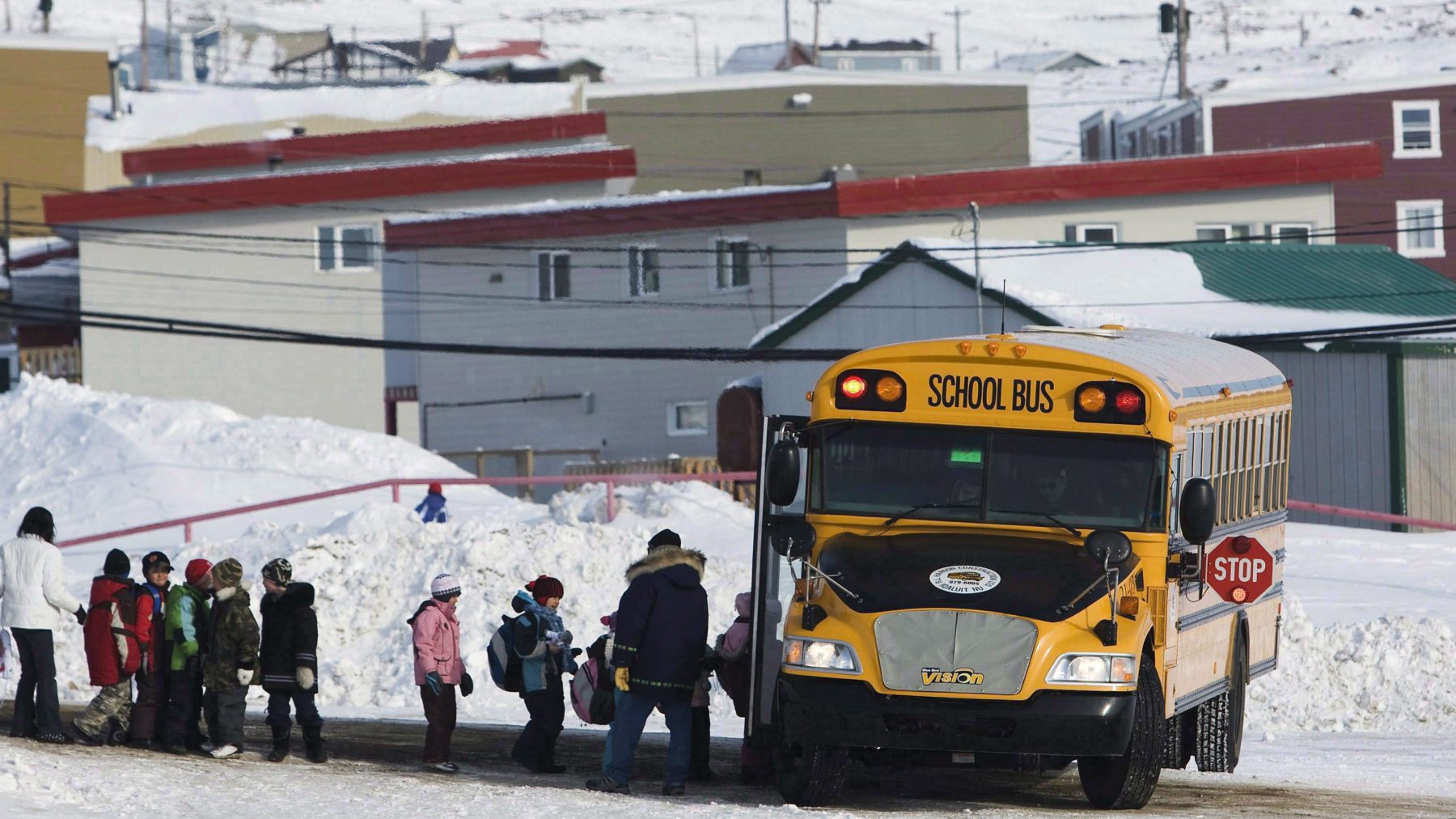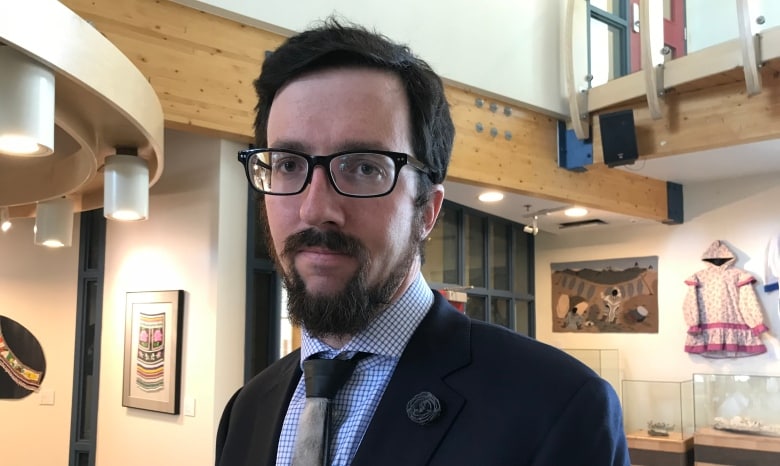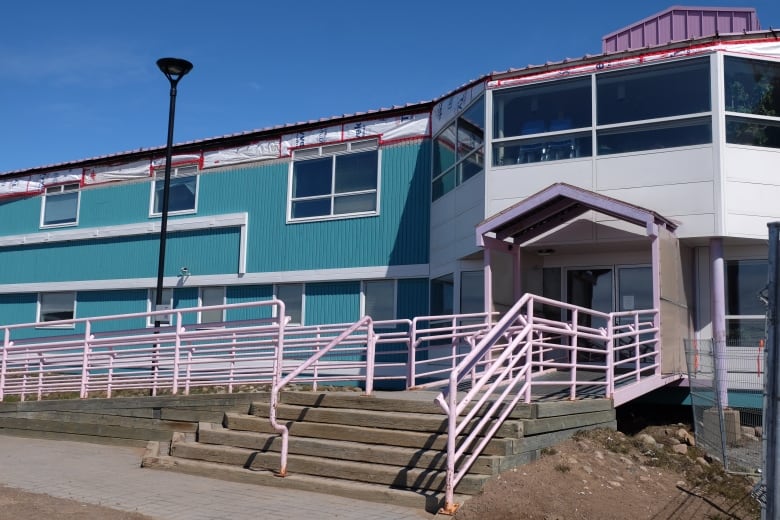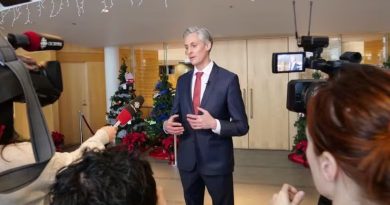Committee hears of school attendance problems in Canada’s Nunavut territory

MLAs in Nunavut, Northern Canada grilled the departments of Education and Family Services on what they’ve been doing to remove barriers to education identified by Canada’s auditor general.
The standing committee on government operations and public accounts met with the departments on Wednesday and Thursday last week.
It’s been four months since the office of the Auditor General of Canada tabled its review of Nunavut’s high school and adult education in the territory’s Legislative Assembly.
MLAs also referenced the auditor general’s report on education from 2013, which looked at how Nunavut was doing implementing the Education Act. It found the grades in a students’ course work were an average of 26 per cent higher than the mark they received on the standardized departmental exam.
This meant students were not being adequately prepared for the exams they needed to pass to graduate.
In the hearing last week, the Department of Education said it will begin reviewing student assessment this year.
Should the student-educator ratio be changed?
Another issue that sparked a lot of discussion was how the student-educator ratio is calculated.
Currently, a student count is done on Sept. 30 and that’s used to determine the number of teaching positions allocated to a school for the following year.

John Main, chair of the standing committee, pointed out that the attendance data gathered by schools is “not great” as it is not reliably and uniformly inputted into the system, but it determines the funding for the school.
Tracey MacMillan, the assistant deputy minister for education, said it has implemented a new video training program that will help school staff improve their IT (information technology) capabilities, including learning how to better use the attendance reporting software.
But Main wanted policy changes as well. The student count does just that — it counts the number of students at school on Sept. 30, but Main wants the teacher allotment to be based on enrolment instead of attendance.
He said based on conversations with teachers, he’s heard that the first few weeks of school many students show up and teachers are “swamped,” but attendance drops off by the end of September — when the students are counted.
“Poor attendance is baked into the system,” he said. “When [students] do show up, they need support.”

MLA Adam Arreak-Lightstone wanted to know if guidance counsellors could be removed from the ratio completely.
From the teaching positions allocated to a school, a principal decides what classes a teacher will teach or if they will be assigned to positions like guidance counsellors.
Only five schools in Nunavut have a guidance counsellor — someone who can help students choose classes toward their career goals or connect them with resources.
The auditor general’s report found that Nunavut was not doing enough to prepare students for the transition to post-secondary education or career planning more generally.
Teacher turnover
Nunavut suffers from a high turnover of staff in teaching positions, which contributes to the shortage of teachers experienced at the start of the school year.
Asked what it had been doing to improve recruitment and retention the department said it had messaged 220 teachers laid off in Ontario via Twitter.
It’s in the process of revamping a promo video and pamphlet for Nunavut Arctic College’s teacher education program.
MLA Pat Agnakak asked what was being done to protect teachers from violent incidents in schools as that affected teacher retention rates.
MacMillan said the training for principals across Nunavut — held in Iqaluit last week — had the theme of “safe and caring schools.”
The Audit Principal for the report, James McKenzie pointed out that filling the vacancies in the department’s curriculum and educator development sections would reduce the burden on teachers, so teachers could focus on supporting students.

Education has hired several staff over the summer including:
- A deaf and hearing impaired specialist to address the needs of students
- 2 staff in IT to offer support to the new video training program
- A manager of student assessment
- 2 of 3 positions on its team dedicated to helping high schoolers transition to post-secondary
Nunavut Arctic College has hired three people in its communications department to better advertise its offerings and program requirements.
Changes to PASS program
A large problem identified in the auditor general’s report was how difficult it was to obtain a high school diploma for adults, because there was no equivalency exams or courses offered.
The only way for adults to obtain the 100 credits outside the community’s high school was through expensive online courses or the PASS program which only offered 35 credits — not enough to graduate.
That has been revamped. In July, a new program was approved that will have a seven-course graduation requirement: a graduation-level class in each of the five general strands and two more grade-12-level classes.
Funding adult education
Family Services has said it’s starting its review of funding programs available to students by focusing on Financial Assistance for Nunavut Students (FANS) before moving on to look at Adult Learning and Training Supports (ALTS).
It’s already identified some ways in which the current legislation that regulates FANS should be updated.
FANS has an annual budget of around $7 million and it uses around that each year as every eligible student is guaranteed funding.
Robert Clift, director of career development, says Family Services has noticed that there is less commitment from Nunavummiut to full-time studies.
Right now, most of the funding goes to students who want to use post-secondary education to transition from unemployed to employed, but Clift says that doesn’t capture the full range of needs.
Many people have families or part-time work and would like to upgrade their education in the time available, he said.
Nunavut Arctic College is looking at starting to offer evening and weekend classes again as due to funding and staff shortages it stopped offering classes outside the workday.
Related stories from around the North:
Canada: Nunavut, Nunavik face major teacher shortages as school year begins, CBC News
Finland: Education, wage subsidies key in Finland’s budget for 2020, Yle News
Sweden: Inequality a problem in Swedish schools: UNICEF report, Radio Sweden
United States: University of Alaska system to be consolidated into one accredited university, Alaska Public Media



